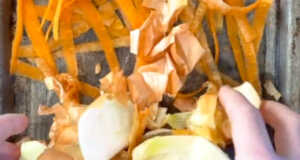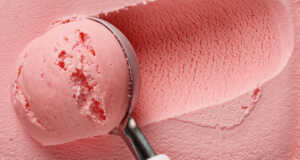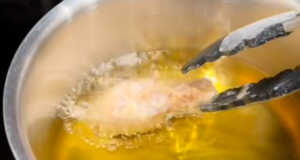I don’t know about you, but for me, it’s hard to really know what is safe nowadays, especially with products like nonstick pans. Some people say these pans are fine to use and others swear that they’re dangerous, the problem is – what is the proper way to use nonstick pans to avoid illness?
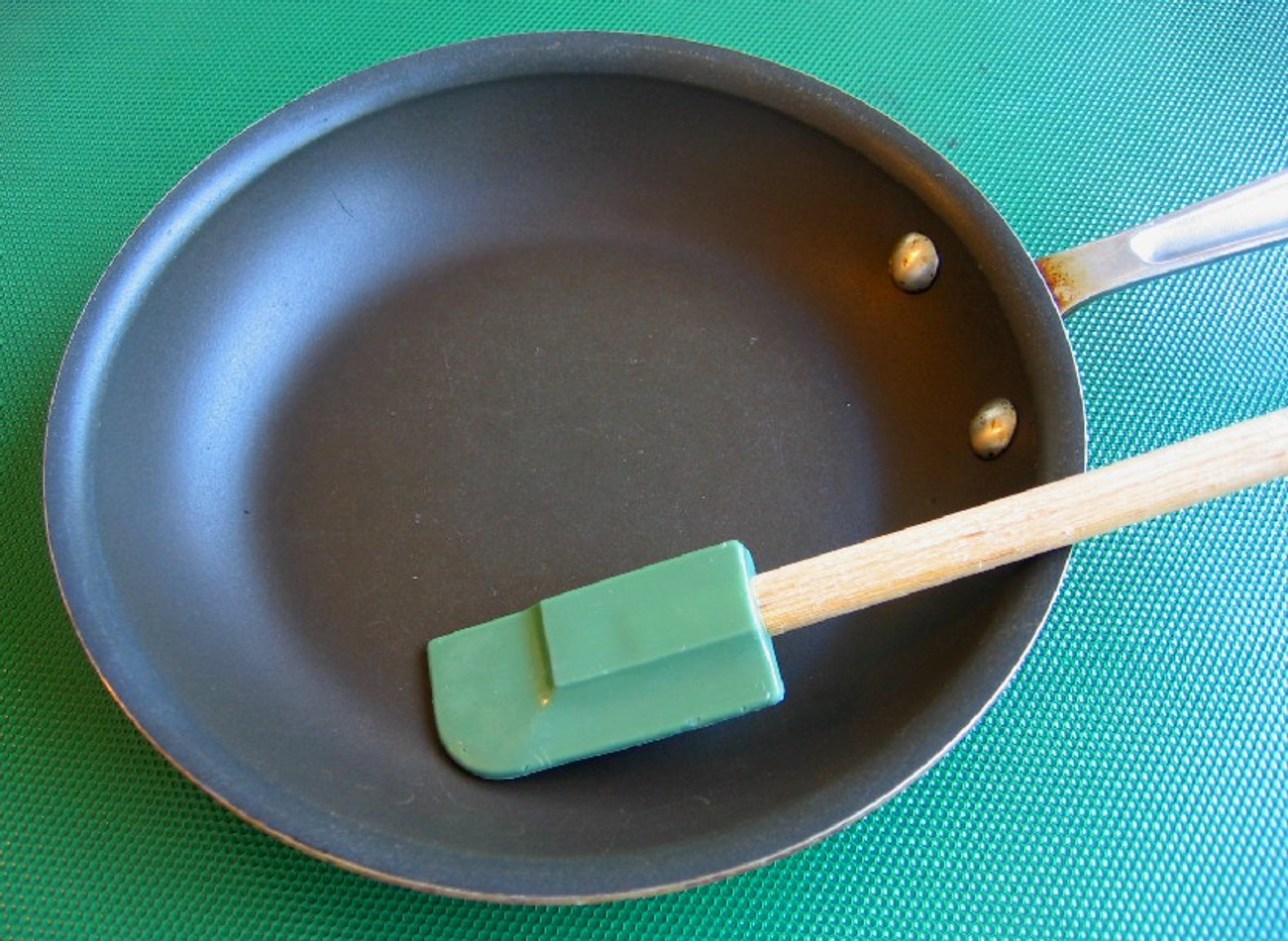
Teflon is a trademark name for a chemical compound called polytetrafluoroethylene, or to make things simpler, called PTFE. This carbon based chain is super resistant to reacting with other chemicals, which means it doesn’t bind or stick to other substances. That’s not to say you should be eating pieces of PTFEs like chips, but if you see minor scratches on the surface of your nonstick pans, don’t worry too much, ingesting a flake will (more or less) inconsequentially pass through your system, in fact many artificial limbs are made with PTFEs because the body doesn’t react or reject the substance.
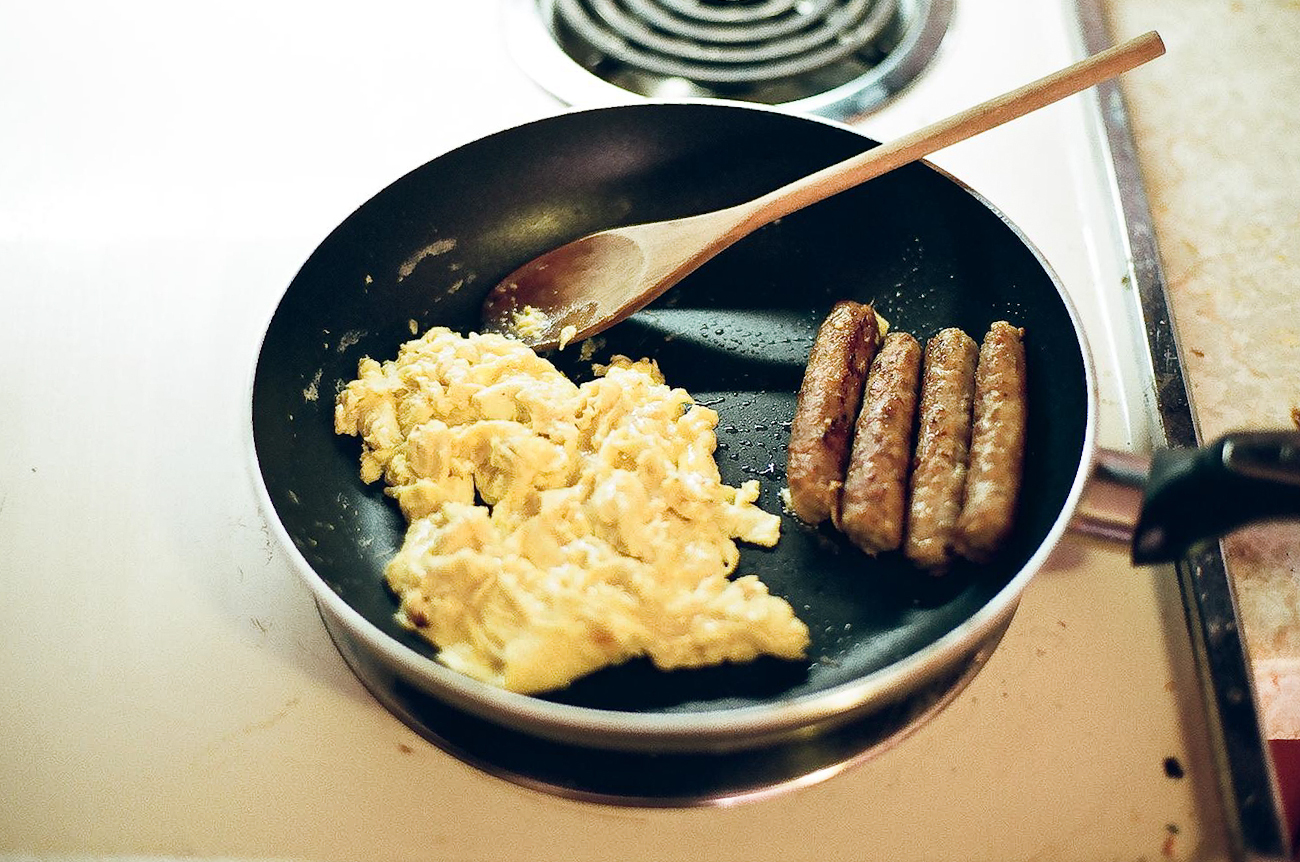
Not all nonstick pans have the same quality, some are in the low $20 range and other nonstick pans fetch well over $100. Regardless of price tags, nonstick pans share one thing in common — they will all inevitably scratch and chip, and that’s because PTFEs are so nonstick that they seldom cling to the pan surface for long.
The bottom line is that you should be concerned with its temperature, specifically cooking nonstick pans at very high temperatures. Manufacturers say that the pans cannot be used past 500 degrees F, and that’s because at 500 degrees F (more specifically at 570 degrees F), there are visible signs of degradation.
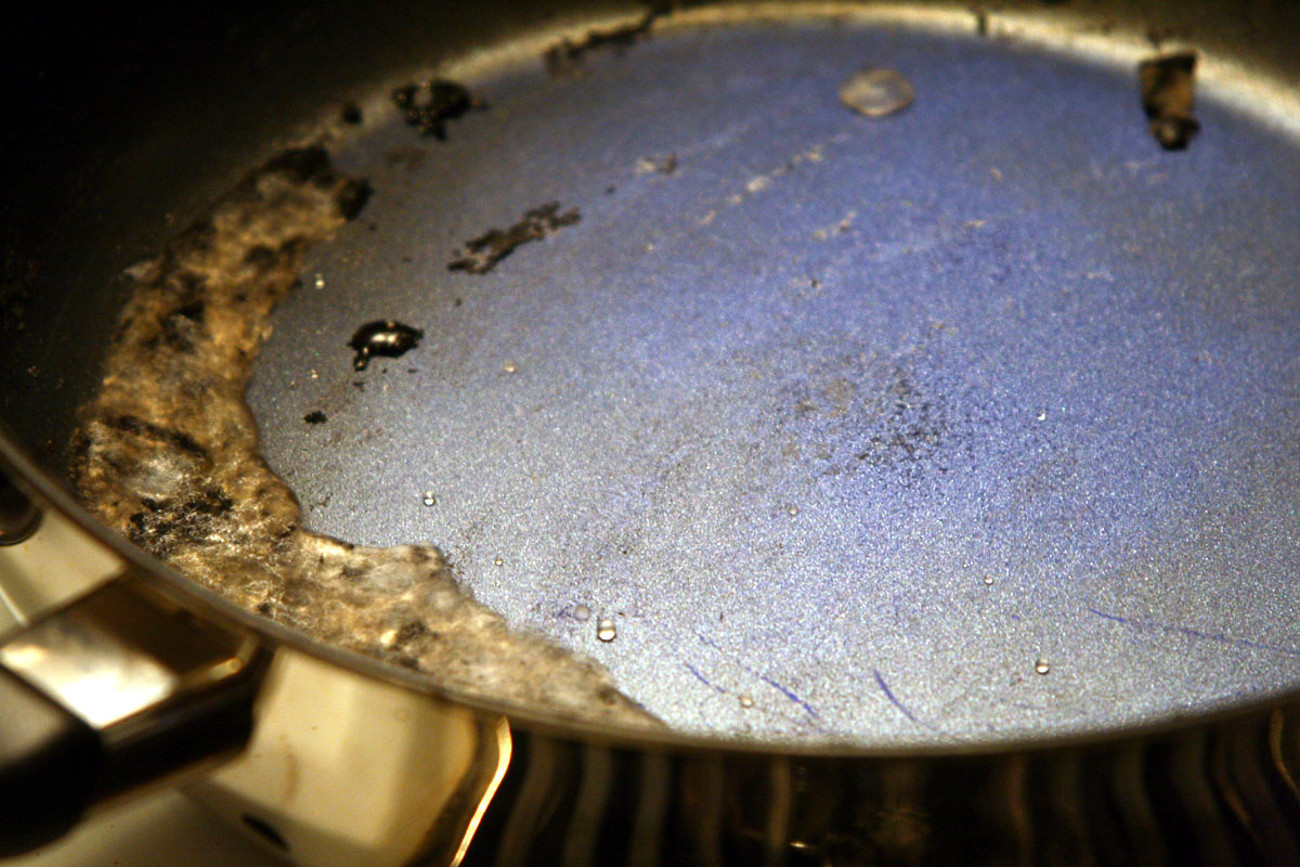
At these high temperatures, the PTFEs evaporate into a fume and can cause polymer fever, which can lead to respiratory illness in the short term and possible cancerous problems in the long term. Unless you have a prior medical condition or you’re a bird (these fumes are deadly to birds, but it’s highly unlikely that you’re a bird if you’re reading this) you can make a full recovery and be symptom-free from polymer fever.
There are very few cases of polymer fume fever recorded, but it is a real danger. The most well-documented case of polymer fever happened in 2012 when someone left the nonstick pan on the stove to boil water for pasta but fell asleep leaving it on the stove for five hours. After five hours, not only did the boiling water dissolve, but most of the coating in the pan evaporated into the air, creating a toxic fume. Luckily, the person recovered from the symptoms after 72 hours, but again this is an odd case, most people aren’t going to leave a pan unattended for long periods of time. Polymer fume fever cases happen to those working closely with PTFEs, like workers in nonstick manufacturing facilities are the people, not the general population, who are exposed more to these fumes. People are more likely to ingest toxic chemicals from other things like wrapper coatings, water, and plastic containers than the PTFEs of nonstick pans.
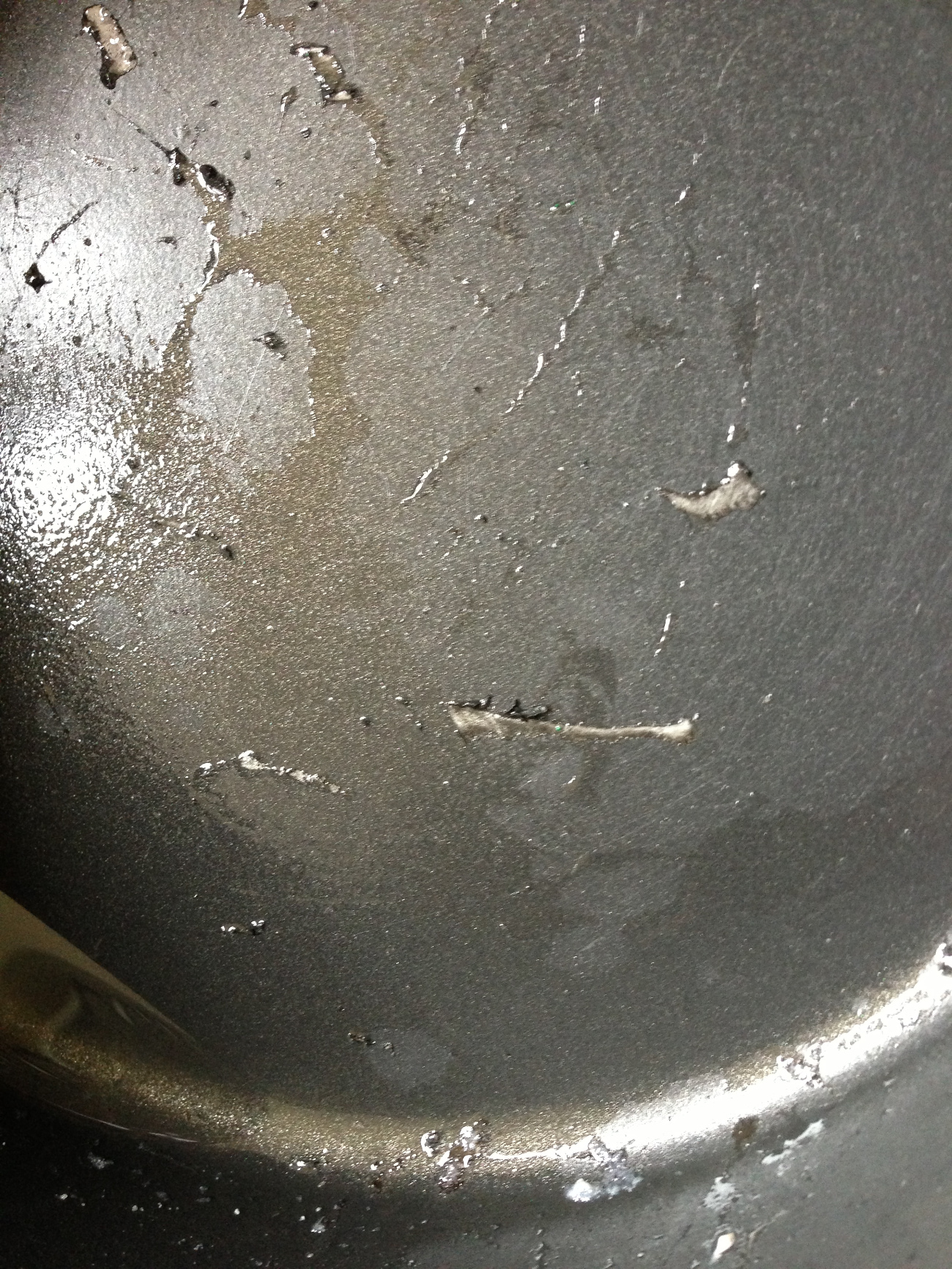
So it is safe to use nonstick pans, just use them at low temperatures where you won’t see the nonstick coating disintegrate. If you need to cook something for a long time, use another type of cookware like ceramic or aluminum without a specialized coating.





